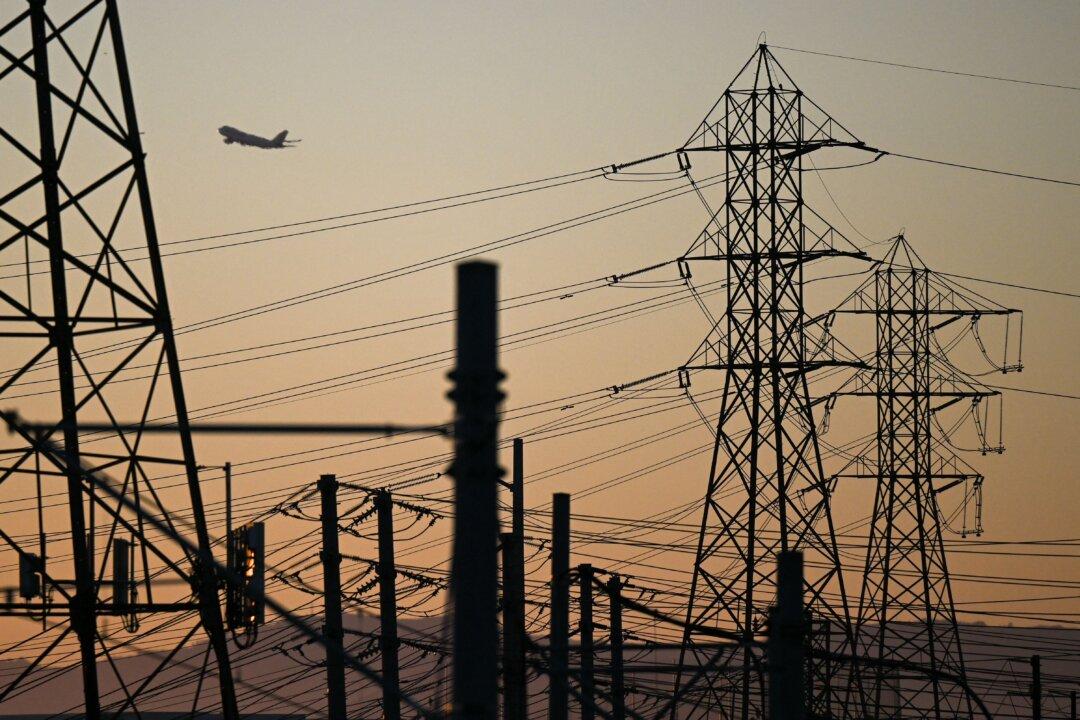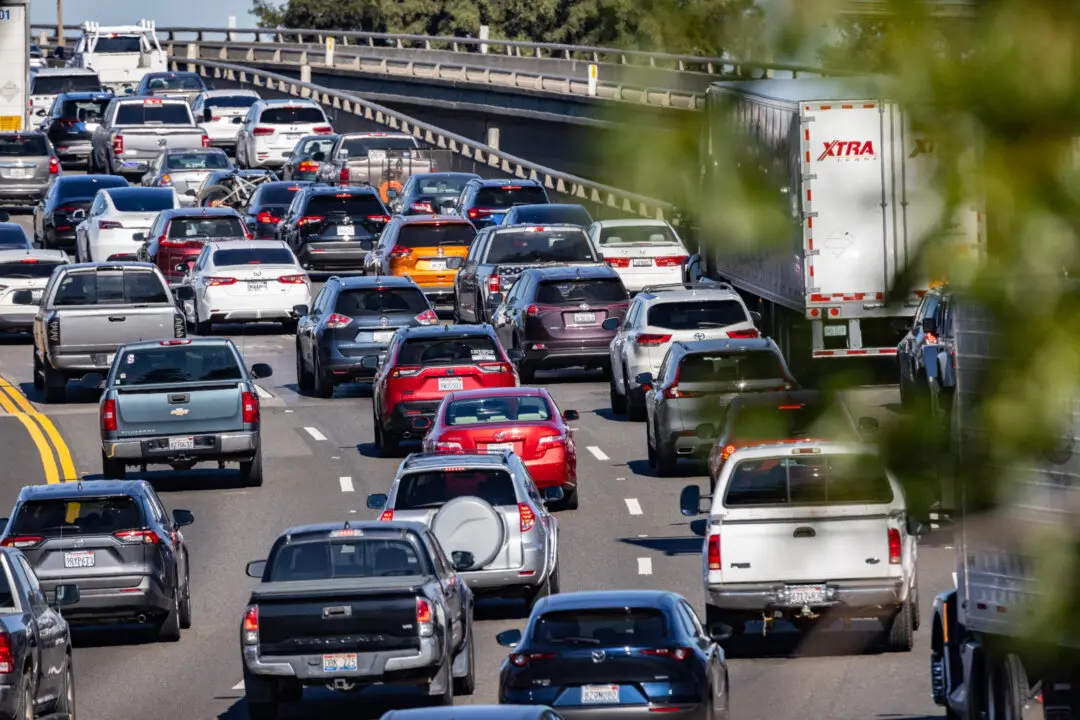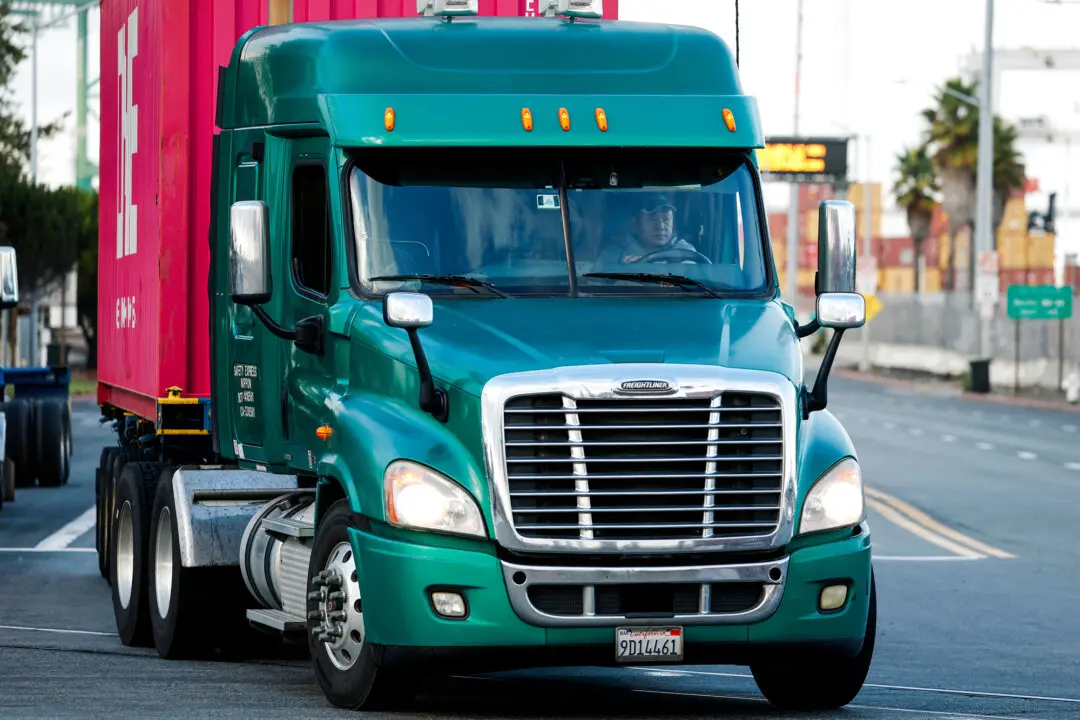The rising trend of electrifying home-heating systems triggered rolling blackouts in late December’s winter storm, mainly in states such as North Carolina, South Carolina, Tennessee, and California, according to the Institute for Energy Research (IER).
Electrification policies pursued by President Joe Biden and other Democrats like California Governor Gavin Newsom aim to make the U.S. electric grid carbon-free. This was a main cause of the recent rolling blackouts and outages in California and the U.S. South during the holidays, a Jan. 6th article by IER argues.





